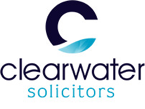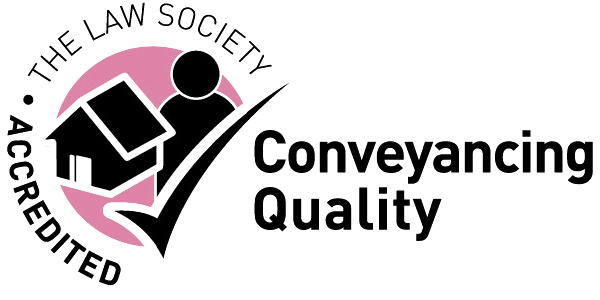How Can Businesses Prevent Slips and Trips?
23rd September 2013
 All businesses should know it is best to deal with hazards before they lead to slip and trip compensation claims, using effective risk assessments and management systems to ensure a workplace is as safe as possible and that employees avoid preventable accidents.
All businesses should know it is best to deal with hazards before they lead to slip and trip compensation claims, using effective risk assessments and management systems to ensure a workplace is as safe as possible and that employees avoid preventable accidents.
Employers have a duty of care towards their workforce. This is a legal requirement enforced through the Management of Health and Safety at Work Regulations 1999, the Health and Safety at Work Act 1974 and the Workplace (Health, Safety and Welfare) Regulations 1992. These regulations state that if businesses must take all reasonably practicable steps to prevent their staff or the general public being involved in slip and trip accidents and from sustaining injuries in all other accidents.
So how can employers prevent slips and trips? Considering the following factors could help them to do so:
– Changes in levels
Provide hand rails, improve visibility levels, add treads and floor markings, and ensure that steps are clearly marked and obvious.
– Slippery floors
Proper cleaning systems can deal with slippery floor surfaces and reduce slips and trips accident claims. In some instances, flooring might need to be replaced.
– Wet and dry floors
When flooring goes from dry to wet, pedestrians should be informed of this through signage. Doormats can ensure people do not contaminate dry floors.
– Cables
The slip and trip personal injury risk posed by trailing cables can be avoided through the use of cable guards. Clever positioning of electronic items can minimise the distance cables must stretch. Cleaners using electronic items should be trained in how to reduce the risk of trailing cables.
– Spilled food and drink
Spillages should be immediately cleaned up properly. If the floor is wet, then pedestrian access should be blocked off until it is dry. If this is impossible, use warning signs to inform people of the slipping injury danger.
– Rugs, mats and uneven flooring
From threshold strips to rugs, carpeting, laminate floors and tiles, all workplaces can see uneven flooring, which can lead to serious slips and trips. Securely fix mats and rugs so people cannot trip over their edges, and maintain flooring regularly to deal with any problems.
– Footwear
Some businesses have footwear policies for their staff, as some footwear can be unsuitable for certain work processes or flooring types. Employers must provide personal protective equipment to staff for free, and this rule also applies to footwear.
– Lighting
A lot of slip and trip injury claims arise when people cannot see the floor properly. Not only does this increase their likelihood of losing their footing, but it also increases the risks posed by the above hazards – for instance, people may be unable to see trailing cables in poor lighting but can notice them in the daytime.
If you are uncertain of how to handle slip and trip hazards in your workplace and are worried about facing accident at work compensation claims, hire a consultant to help you out.

